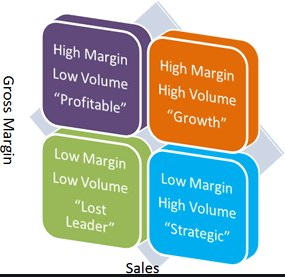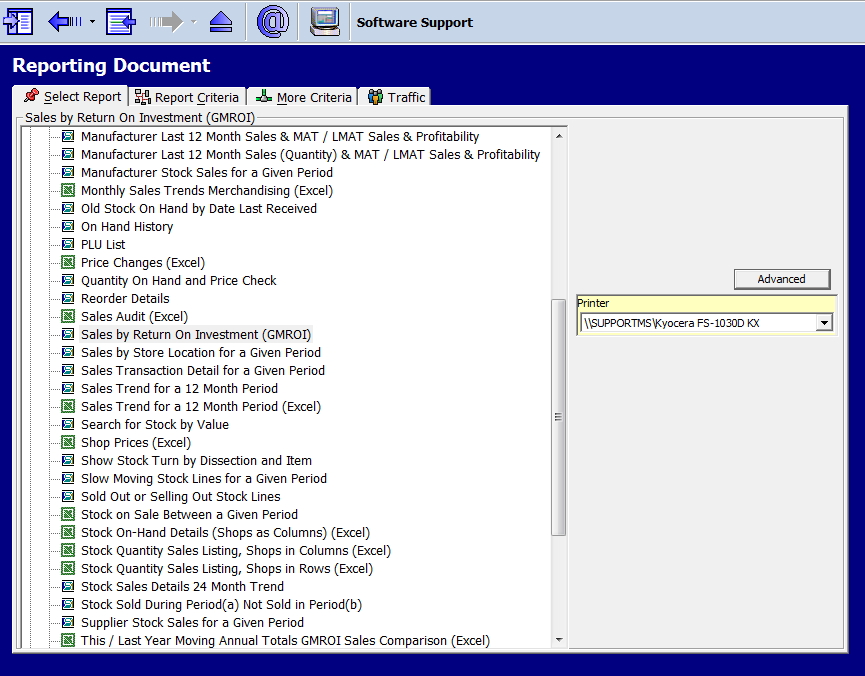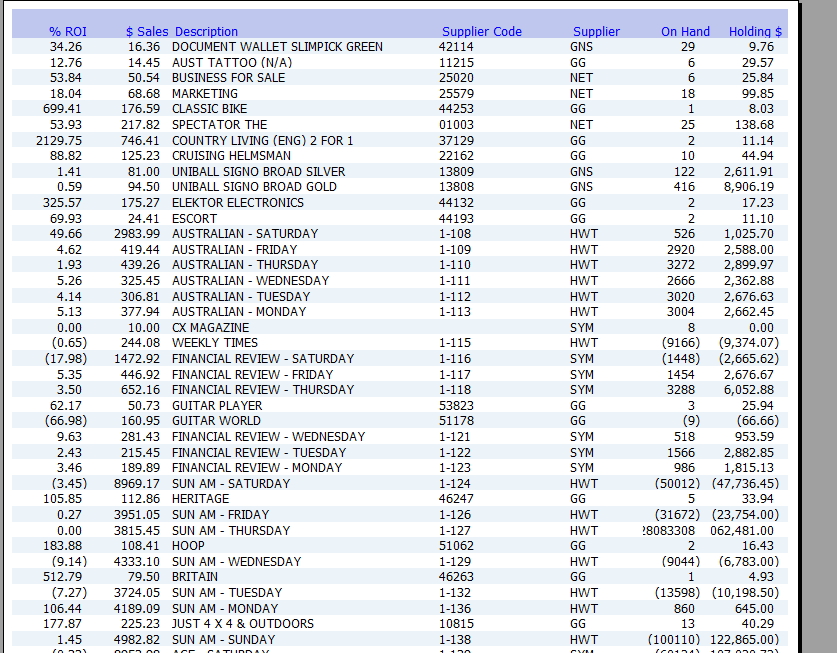How to Set a Product's Price in Your Store
Introduction
Setting a product's price is one of the most critical business decisions because it affects profit. To do it, you need to consider many factors, such as your costs, the cost of the goods, competition, and customer expectations. Determining the appropriate price point for an item can be difficult. This section will discuss the various aspects of pricing an item in a retail store and how POS software can assist you.
Determining the retail price of the item
Some suppliers may set the retail price of a product or service. As the supplier has already established the retail price, you do not need to worry about setting the price. You are here obligated to sell the product at that price if you wish to sell it.
Yet you are responsible for selecting many products for which there is no established retail price, and we will discuss this here.
The most common method is:
Experience
Most seasoned retailers will be able to determine what they can change for such an item just by looking at it, so they keep this price in mind.
Calculation (pricing model)
The retailer will add shipping and handling costs to the product to make their price. Then multiply that number by their markup to get a starting price.
This your software can do automatically when it is stock received.
For instance, if they take the wholesale price of 95 cents, they add extra charges like delivery, which will add approximately 10 cents to the item. To handle such a product, they typically charge a 60% markup. This covers their fixed costs plus their variable costs. So the starting price is $1.68, which equals 60 percent plus the 95 cents plus 10 cents. Then they make it a reasonable price of $1.70. Some people here would also set a floor price which is the small necessary to sell an item, say 25%. Their floor price then is (95 cents+10 cents) plus 25% = $1.31, so they round it to the nearest reasonable price to make it $1.30.
We now have a price range of $1.30 to $1.70.
Market research

Understanding the competition is crucial in determining a competitive price for a product or service. It can increase the likelihood of market success.
When setting prices for a product or service, you must know who your competitors are. Researching the prices of similar products sold by other retailers is one way to do this. This will help you determine a competitive price and give you an idea of how much similar products currently cost in the market.
What if they look around and see that other people in the area are selling that item for $1.20? Well, that is less than their floor price of $1.30, so the question is whether it is worth handling. If they decide to take it, they would need a good reason.
But, it becomes viable if they look around and notice that other people in the area are selling the item for $1.80, more than their starting price. The question here is how much they should ask.
Here is an interesting question, what if the item sells for a considerable amount, like $40? It happens. One of my customers was going to Bali for a vacation, so they decided to let a local wholesaler know they were coming and ask if they could meet. No problem! They were shown many items, including some vases for fifty cents. At that price, they bought many vases. After that, he returned to Australia and sold them for $12.50. They were delighted until they discovered that similar vases were going for $45. Then they felt stupid. Before establishing a price, you must conduct some research.
Besides researching prices, it is essential to determine competitors' target markets and pricing strategies. It may provide insight into the product and the type of customer it attracts. This can aid in understanding which strategies to use. Also, knowing your competitors' pricing strategies and target markets can help you figure out where you might fit into the product market you're entering. Can you handle this product as an orphan, or do you need to buy several different products because it's a range? This should be the first question you ask.
Consider strategies for psychological pricing.
Retailers use psychological pricing strategies to change how consumers perceive a product's value through pricing tactics.
The odd cost of 99 cents.
In this case, $2.99 seems less expensive than $3.022. This does work in some lines, like giftware, where it makes a product appear more affordable and makes the customer feel like they are getting a deal.
It appears preferable to maintain it at $3.022 in other lines, such as those for bulk products like motor oil. It gives the impression that you are more authentic.
Anchoring
For any significant line, you should always have two products, one cheaper and one more expensive. When someone comes into your store to buy something, they see the cheaper item, say at $12, and the more expensive item, at $15. Frequently, the customer concludes, "I'm going to pay $12; I can for a little more get the better one for $15." It also gives the $12 one more value because it looks cheap, giving the impression that they get something almost as good for less money.
One of my customers handled two identical products, one of which was blue and the other yellow. Because it was more attractive, they increased the price of the blue one slightly. Despite the higher price than the yellow, they sell more blue.
Track sales
Prices are not set in stone. Maintaining a profitable business necessitates adjusting prices as needed. This involves seeing how the product goes in your shop by keeping an eye on sales, customer feedback, market trends, and competition.
Always use your sales reports to monitor your sales.
If sales are low, businesses might cut prices to get more customers. Businesses may raise prices to maximise profits when sales are strong.
The good news is that you have a unique report which gives you an immediate way of checking your current situation.
In the Cash register report, call up the GMROI (see the selection highlighted) in your point of sale software in the reports here.

You can select the list of options you want, and I suggest you go over these options later.
I recommend doing this by departments for a first run.
Then you will get a report like this.

The items are all listed and rated by financial with low stock-on-hand figures, decent sales, and ROI% figures. The ROI% is the return on investment; it is one of the best ways to determine how valuable your stock items are to your business. It is calculated by the (unit sold) x (Profit)/ (Average stock cost).
Conclusion
While there is no right or wrong way to price products, getting it right ultimately affects your profitability. It's not just about setting a price; your customers are in charge. Businesses can make well-informed pricing decisions that help them remain competitive and maintain sales by keeping an eye on sales, customer feedback, market trends, and competition. Also, it enables businesses to adapt their product offerings to market trends and customer requirements. Businesses can maximise profits and maintain sales by offering the best price and product.


